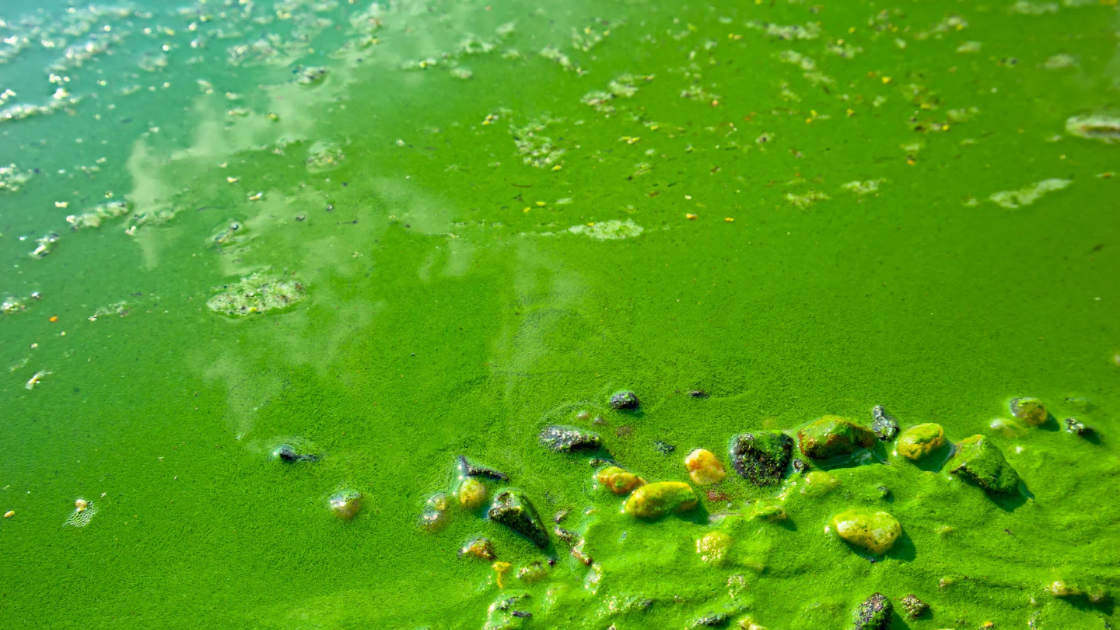There are no remedies to counteract the effects of cyanobacteria poisoning.
Blue-green algae, also called cyanobacteria, are microscopic organisms found naturally in all types of water. These single-celled organisms live in fresh, brackish (salt and fresh water), and marine water.
Cyanobacteria blooms form when cyanobacteria, which are normally found in the water, start to multiply very quickly. Blooms can form in warm, slow-moving waters that are rich in nutrients from sources such as fertilizer runoff or septic tank overflows.
You might or might not be able to see cyanobacteria blooms. They sometimes stay below the water’s surface, they sometimes float to the surface. Some cyanobacteria blooms can look like foam, scum, or mats, particularly when the wind blows them toward a shoreline. The blooms can be blue, bright green, brown, or red. Blooms sometimes look like paint floating on the water’s surface. As cyanobacteria in a bloom die, the water may smell bad, similar to rotting plants.
Call a veterinarian if your animal shows any of the following symptoms of cyanobacteria poisoning: loss of appetite, loss of energy, vomiting, stumbling and falling, foaming at the mouth, diarrhea, convulsions, excessive drooling, tremors and seizures, or any other unexplained sickness after being in contact with water.

